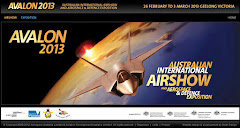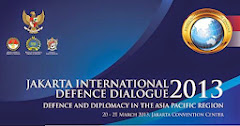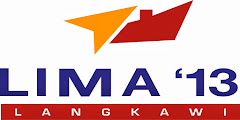01 Desember 2016
Australia is looking forward to adding external fuel tanks to its NH90s. (photo : Airbus)
Australia is pushing for a multinational effort at improving the NH90 military helicopter, with a larger payload and better sensors under consideration.
The proposed upgrades are separate from prolonged and ongoing work by the Australian Defense Force (ADF) and companies in the NH90 consortium, NHIndustries, to make the Australian version of the European helicopter fully fit for service.
Australian NH90s, called MRH90 Taipans and used as army battlefield transport and naval utility aircraft, are still too hard to keep in operation, says a spokesperson for the defense department.
A white paper in February foreshadowed a new program to maintain the NH90’s effectiveness. The aims are to ensure the ADF can support the helicopters as they age, keep them competitive against new threats and enhance them, says the defense department spokesperson.
“The ADF is very keen to partner with other NH90 operators to harmonize the development of the aircraft, and a range of mechanisms are being developed to facilitate this cooperation,” the spokesperson says.
In September, the ADF hosted a meeting in Brisbane with representatives from Finland, France, Germany, Italy and New Zealand to discuss modifications to the NH90. According to Airbus, the dominant member of NHIndustries, “many of the nations, France and Germany in particular, are very interested in the same improvements that Australia is considering.”
One prospective change is increasing payload, by raising maximum weight and reducing empty weight. The latter is surprising, because of the almost iron rule of aviation that empty weights only rise in service, as equipment is added. And since the NH90 is already a composite aircraft, the type cannot offer many opportunities for lightening the structure.
More conventionally, Airbus says maximum weight could be increased with more engine power and transmission modifications to carry more torque. The NH90’s current maximum weight is 10.6 metric tons (23,400 lb.).
Other possible improvements include fitting a more advanced forward-looking infrared system for piloting, enhancing the electro-optical system used for reconnaissance and surveillance and adding a capability for the helicopter to team with unmanned aircraft, says Airbus. The self-defense gun could be moved to an enlarged window over the rear sponson.
Australia, already pleased with the endurance of its NH90s, is looking forward to being able to fly them for even longer. “The aircraft has approximately 3 hr. of internal fuel capacity, which provides significant operational flexibility,” says the spokesperson. “This is likely to be further enhanced when external tanks are introduced, with the ability to add another 2 hr. of flight time.” NHIndustries has developed pylons attached to the top of the cabin for carrying external tanks alongside the lower body. NH90s built for Oman have this fit.
While looking forward to enhancements, Australia is struggling to make its NH90s fully operational, an objective that now looks likely to be achieved in 2017, 10 years after deliveries began.
Reviewing remaining difficulties, the defense department tells Aviation Week: “The most significant is size of the maintenance burden to support the capability, which is higher than was anticipated. Closely linked is the fleet’s ability to generate flying hours. Thirdly, a number of the aircraft subsystems are still relatively immature.”
When Australia ordered the NH90 in 2005 and 2006, mostly to replace Sikorsky S-70 Blackhawks, the European helicopter was supposed to be operational in 2010. But its immaturity led to unreliability and difficulties in support, some of which continue to provoke the department’s complaints. The ADF twice suspended accepting deliveries, which are now, however, near completion. The department has accepted 40 NH90s; it will receive two more this year and the 47th and last next year, says Airbus.
The company says it and other NHIndustries members are working on decreasing the maintenance burden by introducing improvements that have been developed for the NH90 generally. “In addition, Australian effort is being focused on reducing servicing requirements and increasing reliability and spares availability,” says Airbus. This includes “provision of 35 additional support personnel into the unit at company expense.”
Australia’s NH90s are initially operational, deployable to places where the threat is low. The army and Royal Australian Navy took seven to Fiji for disaster relief after a cyclone there in February. Boeing C-17s of the Royal Australian Air Force and one of the navy’s two new assault ships, HMAS Canberra, carried them there.
Still, the NH90 remains on the department’s Programs of Concern list, which publicly declares a program to be off the rails. Last year, the department expected to consider taking the program off the list in 2016, the key requirement being electronics changes that would permit the helicopter to fly where the threat is high. Five weeks before the end of the year, it has declared no such decision.
(Aviation Week)
Langganan:
Posting Komentar (Atom)











Komentar ini telah dihapus oleh pengarang.
BalasHapus